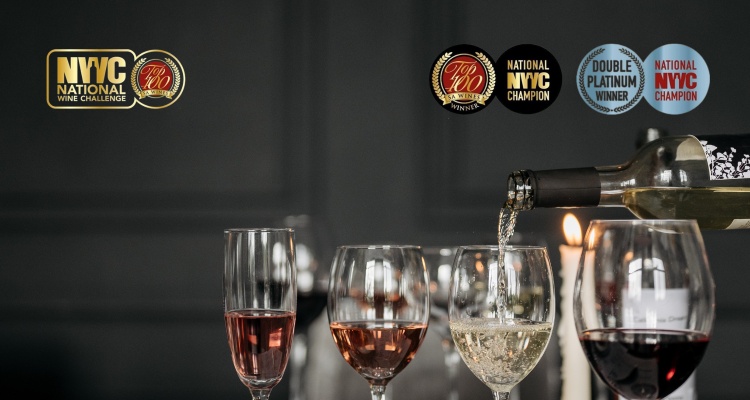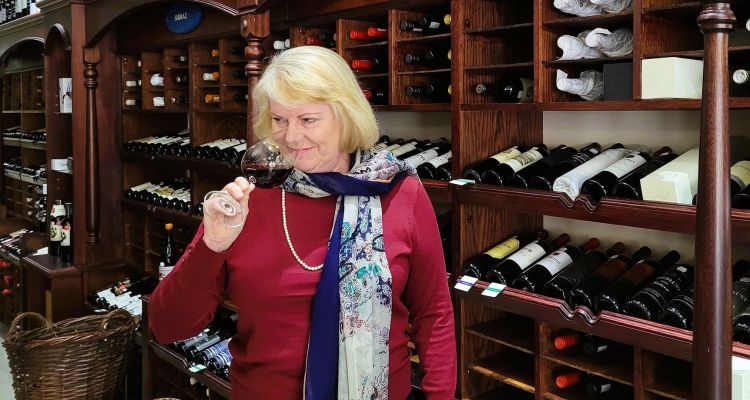Hideki from Enartis is the first tannin of its kind with antioxidant, free-radical fighting, metal chelating and antimicrobial properties, said to protect wine naturally. But don’t take our word for it. Michele Renna, winemaker at Albano Carrisi, a small boutique winery in Southern Italy, has worked extensively with Hideki (Japanese for ‘splendid opportunity’) and gives his take on this new super-tannin.

Michele Renna, winemaker at Albano Carrisi
What is your first-hand experience of Enartis’ Hideki tannins? Was it generally positive?
I started using Hideki for its antioxidant and antimicrobial features with the goal of reducing SO2 addition at bottling. So far, results have been very positive.
What makes Enartis’ Hideki stand out from the rest of the tannin products on the market?
The quality that I appreciate the most and that makes Hideki different from other tannins is its organoleptic neutrality at the dosages I’m using.
For which of your wines have you used Enartis’ Hideki, and could you share the results/feedback with us?
I have used Hideki in white, red and rosé wines. In white and rosé wine, I usually add 5 g/hL, 2 g/hL in red. The main result for me is that wine aroma profile does not change and remains stable in time after bottling.
Would you encourage other producers/winemakers to use this product?
Absolutely, to protect wine when there is not control of storage conditions once it has left the cellar (it is in the market), and above all to meet market request for wines with lower SO2 content.
Word from the makers
Barbara Scotti, marketing manager at Enartis, explains the inspiration and objective behind the development and release of Hideki.

Barbara Scotti, marketing manager at Enartis
Why did Enartis decide to release the Hideki tannin product? What was the initial objective?
At Enartis, we believe tannins are a tool with a large unexplored potential, capable of satisfying the increasing demand for healthier wines and wines produced with less use of synthetic products. For this reason, our research for new raw materials, new extraction techniques and new applications is continuous. Tannins in nature have the role of defending plants from of viral, bacterial and fungal infections. Wines rich in polyphenols are unlikely to undergo malolactic fermentation. Therefore, why not explore the possibility of using tannins to prevent the development of unwanted microorganisms? This is how the research of antimicrobial tannins started. This is how Hideki was born.
What makes Enartis’ Hideki unique from the rest of the tannin products on the market?
Hideki is a tannin created with the objective of controlling the development of unwanted microorganisms. In order to extend its protective effect, we opted for a mixture of gallic, ellagic and condensed tannins considering that each tannin has different mechanisms and optimal conditions of action. Hideki, in fact, helps to prevent wine alterations caused by malolactic and acetic bacteria in a wide pH range. The composition of tannins within Hideki have remarkable antioxidant capacity. So, Hideki, more than any other, is the tannin to use as an alternative to sulfur dioxide.
Could you share any test results of Enartis’ Hideki that could help illustrate the positive effect of the product?
A few months after its launch, we received numerous results that prove Hideki’s effectiveness. For example, its use in pre-bottling allows a higher sulfur dioxide content to be maintained for longer. In wines that have not undergone malolactic fermentation, this helps to prevent its onset in bottle. In white wines with high riboflavin content, it prevents the appearance of light-struck defect.

Enartis’ Hideki slows growth of malolactic bacteria. How does this help winemakers?
With the continuous reduction of the use of substances of animal origin, including lysozyme, the only tools for the control of malolactic bacteria are chitosan and sulfur dioxide. The first one is an insoluble adjuvant which can be used till when wine needs to be clarified and, once it is removed from wine, its antimicrobial action ceases. Sulfur dioxide is an allergenic compound and at high pH has a low antimicrobial efficacy which forces us to raise the dosage with the risk of exceeding the legal limit. Hideki is a completely soluble product, effective even at high pH, that can be used in already clarified wine to prolong the antibacterial action of chitosan and to decrease the amount of sulfur dioxide both during aging and bottling.
Do you notice a trend where winemakers are moving away from using sulphites in their wine?
Definitely. Anything that can replace allergenic and animal substances is very welcome. If they’re natural products like tannins, even better.













